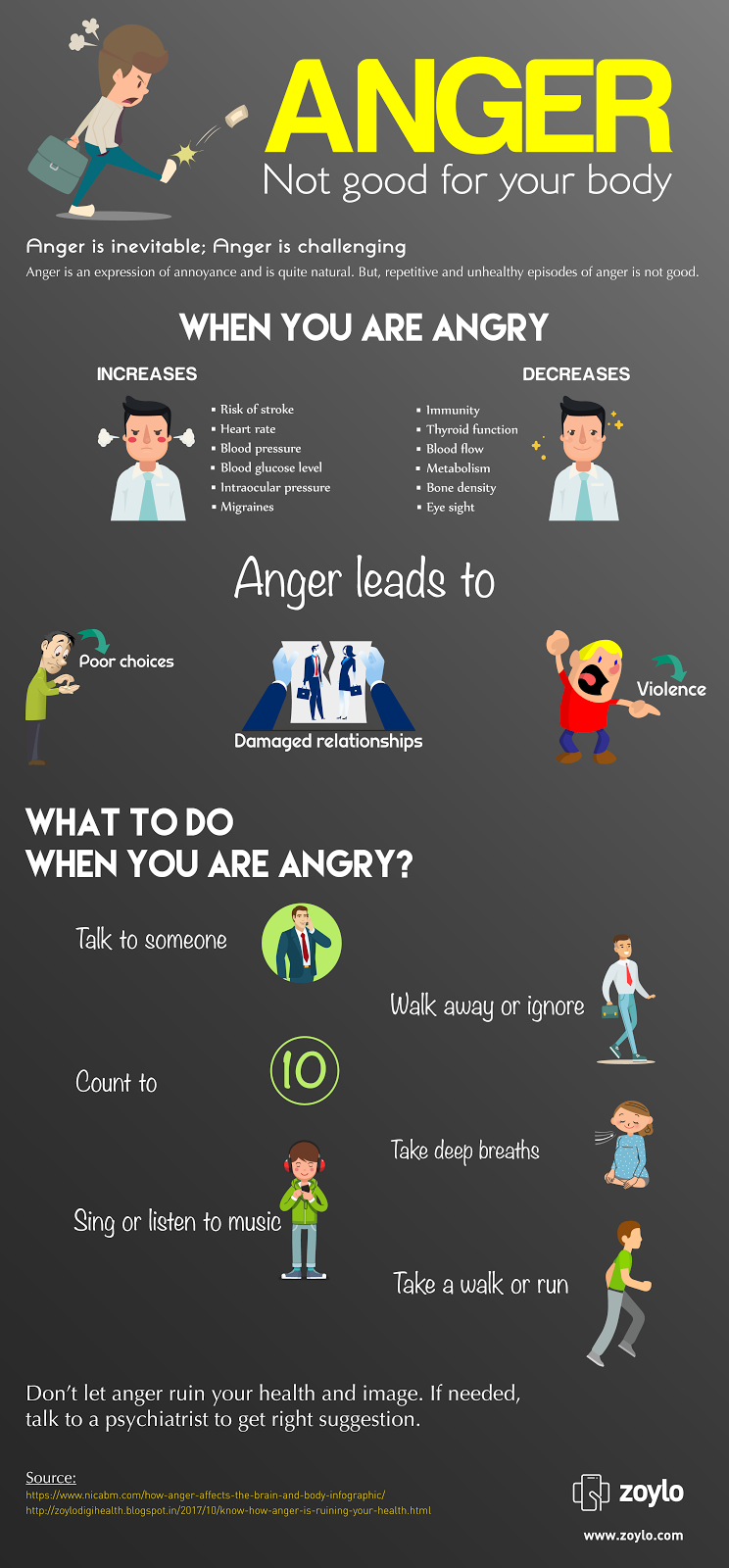How Do Habits Shape Mental Health
How Do Habits Shape Mental Health
Blog Article
Exactly How Do Mood Stabilizers Work?
State of mind stabilizers aid to soothe areas of the mind that are impacted by bipolar illness. These medicines are most effective when they are taken routinely.
It may take a while to locate the appropriate medication that works finest for you and your physician will certainly monitor your condition throughout treatment. This will include normal blood examinations and possibly a modification in your prescription.
Neurotransmitter guideline
Natural chemicals are a team of chemicals that regulate one another in healthy individuals. When degrees come to be out of balance, this can bring about mood disorders like depression, stress and anxiety and mania. State of mind stabilizers aid to stop these episodes by aiding manage the balance of these chemicals in the brain. They also might be used alongside antidepressants to enhance their effectiveness.
Medications that work as mood stabilizers include lithium, anticonvulsants and antipsychotics. Lithium is perhaps the most well known of these medicines and works by impacting the flow of sodium with nerve and muscle mass cells. It is usually utilized to deal with bipolar illness, yet it can additionally be handy in dealing with various other state of mind problems. Anticonvulsants such as valproate, lamotrigine and carbamazepine are likewise efficient mood supporting medicines.
It can take a while to discover the best kind of medicine and dosage for every person. It is essential to work with your doctor and engage in an open dialogue concerning just how the drug is benefiting you. This can be particularly practical if you're experiencing any type of adverse effects.
Ion channel modulation
Ion channels are a significant target of state of mind stabilizers and several various other medications. It is currently well established that they are dynamic entities that can be regulated by a selection of exterior stimuli. Additionally, the modulation of these networks can have a series of temporal impacts. At one extreme, modifications in gating characteristics might be quick and instant, as in the nicotinic acetylcholine receptor/channel system. At the other end of the range, covalent modification by protein phosphorylation might cause modifications in channel function that last longer.
The field of ion network inflection is going into a duration of maturation. Recent studies have actually shown that transcranial focused ultrasound (US) can stimulate neurons by turning on mechanosensitive potassium and salt channels embedded within the cell membrane. This was shown by shared networks from the two-pore domain potassium family in Xenopus oocytes, and concentrated United States considerably modulated the existing moving with these channels at a holding voltage of -70 mV (appropriate panel, loved one impact). The results are consistent with previous monitorings showing that antidepressants impacting Kv networks control glia-neuron interactions to contrary depressive-like habits.
Neuroprotection
Mood stabilizers, like lithium, valproic acid (VPA), and carbamazepine, are essential in the therapy of bipolar illness, which is defined by reoccurring episodes of mania and clinical depression. These medications have neuroprotective and anti-apoptotic homes that help to stop mobile damage, and they additionally improve cellular durability and plasticity in dysfunctional synapses and neural wiring.
These protective actions of state of mind stabilizers may be moderated by their inhibition of GSK-3, inositol signaling, and HDAC activity. Moreover, long-lasting lithium treatment secures against glutamate excitotoxicity in cultured nerve cells-- a design for neurodegenerative disorders.
Research studies of the molecular and cellular results of mood stabilizers have actually shown that these medications have a variety of intracellular targets, including numerous kinases and receptors, as well as epigenetic alterations. Further study is required to identify if mood stabilizers have neurotrophic/neuroprotective activities that are cell type or wiring particular, and just how these results may enhance the rapid-acting restorative response of these representatives. This will aid to establish new, quicker acting, much more effective therapies for psychiatric health problems.
Intracellular signaling
Cell signaling is the process whereby cells communicate with their atmosphere and other cells. It signs you need mental health treatment includes a series of steps in which ligands connect with membrane-associated receptors and result in activation of intracellular paths that control crucial downstream cellular features.
Mood stabilizers act upon intracellular signaling through the activation of serine-threonine protein kinases, causing the phosphorylation of substrate healthy proteins. This activates signaling cascades, bring about changes in genetics expression and cellular function.
Several mood stabilizers (consisting of lithium, valproate and lamotrigine) target intracellular signaling pathways by preventing details phosphatases or activating details kinases. These effects trigger a decline in the activity of these paths, which leads to a reduction in the synthesis of particular chemicals that can affect the brain and cause symptoms of anxiety or mania.
Some state of mind stabilizers also work by boosting the activity of the inhibitory natural chemical gamma-aminobutryic acid (GABA). This enhances the GABAergic transmission in the brain and minimizes neural task, thereby creating a soothing result.